Overview
Navigating a new ERP software implementation can be a complicated and difficult process. Meeting the needs of the business users and understanding the emotional needs of the organization as they make this transition requires careful planning. Interpersonal management of the change is often overlooked in implementation projects.
In this article we’ll break down how to succeed at organizational change management in three simple steps.
Step 1 – Prepare: Readiness Assessment & Project Team
Start your preparation with a Readiness Assessment. The readiness assessment will help the leadership team to both evaluate the change from an organizational perspective and provide consistent messaging when the leadership team communicates the change to the organization. It demonstrates that they have thought through the impact to team members and alignment of this change to the organization’s overall strategy. Those two key components will instill both respect and confidence in moving this change forward.
The assessment should answer the following questions about the change.
- What is the purpose behind the change?
- Why is the change important from an organizational standpoint?
- Which groups will be affected by the change?
- Where are there possible risks, potential resistance?
- When will the change take affect?
Now that your Readiness Assessment is complete, you need to build your Project Team. You may be a small organization where you are team, or you may have a 30-person team. The key is that the team is committed to the success of the change, strong communication (frequent communication and is open about ideas and concerns alike), and well defined and executed role-based communication to get the rest of the company on-board.
Step 2 – Manage: Change Management Strategy
It takes effort to effectively manage organizational change. Consider defining and documenting what your definition of success looks like for this change. Maybe it’s 100% user adoption, or maybe it’s user satisfaction rating of 90% or greater; either way, it’s important to choose and agree upon a metric that will help to define your goal.
A Change Management Strategy is a great place to document the “Who, What, Why, When” for communications surrounding the change. Most people who would consider themselves adverse to change isn’t because of the change itself, but rather the uncertainty around the change. You can help your organization reduce that uncertainty by defining and executing regular, targeted communications. Here is a sample of what a targeting communication plan inside the change management strategy document might look like for an ERP implementation:

Step 3 – Reinforce: Change Management Checklist
The change has been implemented, but you’re not quite done yet. If you look at our ERP example above, you can see that there are at least 4 points in this example where we continue to communicate even after the change is put in place. That is because the key to truly successfully organization change management is to reinforcing the change. Here are some tips on how to do that!
- Listen to and collect individual feedback very soon after implementing the change
- Audit individual compliance
- Manage and respond to resistance very quickly to avoid growth
- Implement corrective action
- Most importantly – take the time to Celebrate your Success
Organizational change management is achievable. With a little planning, and a lot of communication, you can go from an organization that fights change to an organization that handles change with ease. After all, as the Greek philosopher Heraclitus one wrote, “change is only constant in life”.
Below is a checklist of our tips from above that you can take and use in your own organization:

